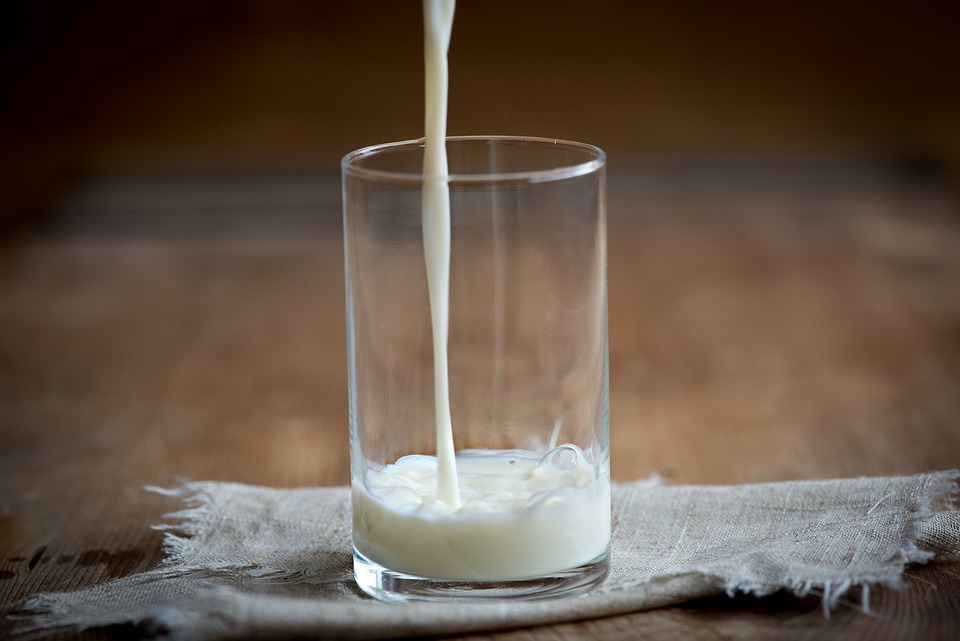Liquid Milk Processing | Improving Shelf Life for Farm-To-Table Products
Karl - February 3, 2025

No matter what kind of milk you drink, there is some level of processing and handling that the product undergoes before you have a chance to consume it. “Processing” has become a negative buzzword these days among Americans and especially the health conscious, but what exactly is the typical processing of liquid milk, and how does it differ from the “shelf stable” production methods that are used throughout the food manufacturing industry? I’m glad I asked that question just now, because I aim to answer it and settle some of the concerns over “processed foods” and differentiate between the process used by the average local Wisconsin dairy versus other food manufacturers.
Milk is a natural product of mammalian nutrition and sustenance, because of this it consists of a mixture of highly nutritious components which include calcium, proteins, lactose, and saturated fats. These components vary in concentration and type, but the basic formula is consistent. I will go into further detail on the benefits of dairy consumption in a different article, but this information is necessary for understanding the processing that comes after the milk is slated for dairy production. This article will mostly refer to cows, but the milking process is almost identical for goats and sheep as well.
The Milking Process
Milk production is heavily regulated in Wisconsin to ensure the health and safety of the animals, the working conditions, and the quality of the consumable product. All farmers in the state are licensed and must follow strict regulations regarding milk production.
Cows enter the milking parlor for relief one to three times a day depending on the breed, feed regiment, and production needs. They are either milked by hand or by automated methods which entails a 10-30 minute process of udder sanitation, milking, and collection. Cows often get to choose when they are milked and excitedly enter their milking parlors. The milk is transported using stainless pipes or “lines” that transport the milk to the collection area. This is accomplished with a holding tank or some other sealed vessel and the milk is temporarily stored here at a temperature of about 45 degrees fahrenheit. All portions of this process are routinely cleaned and sanitized between milkings.
If you drink raw milk or make cheese using raw milk, this is where your process typically ends.
Something you may not have heard about before is the method for separating cream from milk, this is called the centrifuge process. The milk is spun in a drum where the dense contents (milk) are separated from the lighter contents (cream). The process is basically just speeding up the natural separation that happens through gravity if you leave raw milk in the refrigerator for a day or two. If you want to see this process in action, there are many videos available on YouTube!
Now to do the opposite; homogenization is the process that keeps cream from separating from the milk as it waits to be purchased and consumed. There are several methods to accomplish this but picture a blender that mixes the milk while breaking up the microscopic globs of cream into even tinier particles. This process is called emulsification, or the mechanical blending of dissimilar liquids like oil and water to form a homogenous mixture. When you make a homemade salad dressing you are creating an emulsion.
The next step of the process is pasteurization. Named after its inventor Louis Pasteur, this process is fairly simple and entails bringing the milk up to a specific temperature for a specific amount of time. By simple, I mean that the concept is simple but there are many ways to pasteurize milk. I know you won't look them up so I will explain below:
Low Temperature, Long Time (Slow Vat) - This is where the milk is held at roughly 145 degrees for 30 minutes. This will keep the milk shelf stable for a maximum of two weeks.
High Temperature, Short Time - Milk is heated to 161 degrees fahrenheit for 15 seconds. This will keep the milk shelf stable in a refrigerator for three to four weeks.
Ultra Pasteurization - Milk is heated to 280 degrees fahrenheit for about two seconds. This will keep the milk shelf stable for many weeks, possibly months.
I am by no means a milk expert or scientist, all I know is that all three of those methods deliver delicious milk to my ever-consuming appetite of Wisconsin dairy products which keeps me nourished and happy. Picture below:

What is my point in explaining all of this? Mostly, I wanted to highlight that not all processing of foods is generating an unhealthy product loaded with shelf stabilization chemicals and preservatives. If you want an example, look at almost anything on the center store shelf at your local grocery store. I was shocked when I saw that the off-the-shelf buttercream frosting I planned to use for a birthday cake the other day had over 20 ingredients, half of which I didn’t understand or know how to pronounce. I opted to make the frosting myself with four ingredients and a hand mixer, which included locally sourced Wisconsin butter and may have been the best tasting frosting of my life; no funny aftertaste or heartburn either. That’s a plug by the way, put in the effort and don't forget to buy local; your body will thank you!
